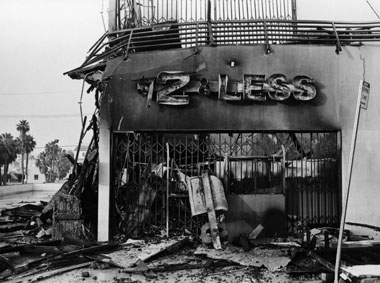
On April 29, 1992, Los Angeles erupted in violence following the announcement that white police officers involved in the beating of black motorist Rodney King were acquitted of charges of assault and use of excessive force. For six straight days, looting, violence, arson and death wracked urban Los Angeles as racial, cultural, and social tensions reached a peak.
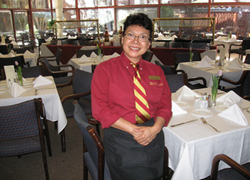
Gladys Castaneda
Shopping malls and residences directly across the street from the University of Southern California’s campus went up in flames from the rioting. Gladys Castaneda has served at USC’s University Club for more than 27 years. She was in the neighborhood when the riots began in April 1992. Listen to her memories of that tumultuous time in an interview with Annenberg Radio News host Sarah Erickson.
Duane Earl
Duane Earl and his brother are the owners of Earlz Grill in South Los Angeles. The brothers started with a hot dog stand and were getting ready to open their first brick and mortar restaurant. Duane talks about the Grill’s first location when the riots hit. Rebecca Shoenkopf of Annenberg Radio News interviews.
Sika
Sika owns the store in Leimert Park. He tells the story of protecting his store Sika, which sells jeweler and African clothing and imports. Here he tells his story of how he kept his store safe with a little help from the neighbors.
Sandi Beamon
Sandi Beamon had a new born in 1992. The riots made her see her community in a different light.
Larry Weintraub
Larry Weintraub is one of the owners of Randy’s Donuts. The riots didn’t cross to the west side of the 405, but Weintraub was bombarded with something else – police officers.
Julius Dorsey
Julius Dorsey is the director of transportation for Watts Health Center. The riots didn’t stop him from doing his job.
Marcus Anderson
Marcus Anderson worked next door to a Korean liquor store that burned down – but not from what you would expect.
Jeffery Walls
Jeffery Walls remembers exactly where he was when the riots started.
Richard Speed, Jr.
Richard Speed Sr. lived in South Central in 1992. As he sees it, the riots were misdirected.









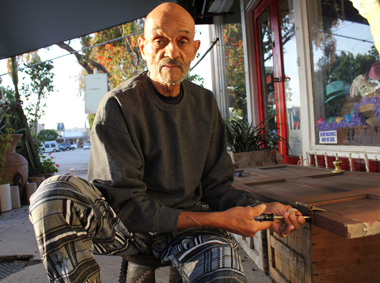
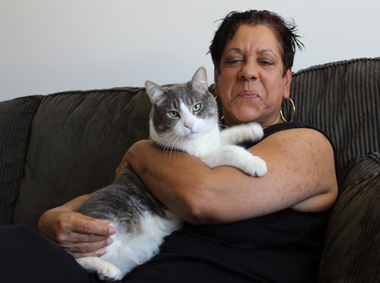
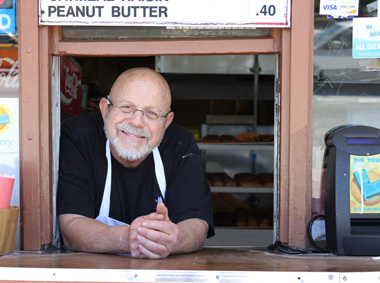
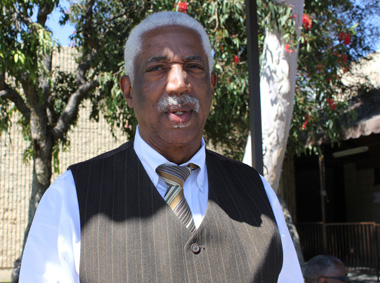
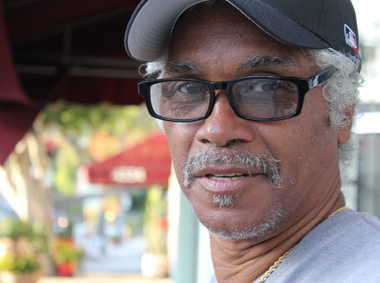
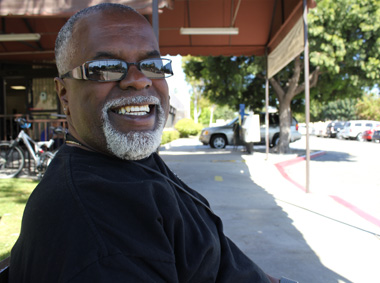
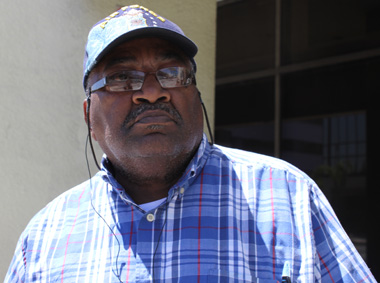
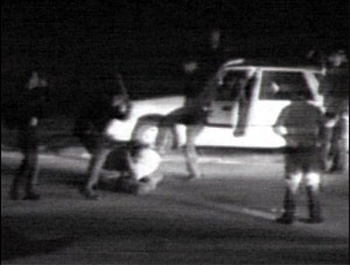 You can’t hear much on the video tape. But the pictures of a man on the ground beaten by a crowd of police officers startled the nation. His name was Rodney King – a name that would become synonymous with Los Angeles Police Department brutality.
You can’t hear much on the video tape. But the pictures of a man on the ground beaten by a crowd of police officers startled the nation. His name was Rodney King – a name that would become synonymous with Los Angeles Police Department brutality.





